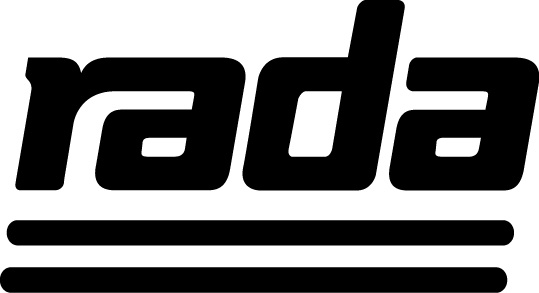A best practice guide for school washrooms

By Commercial Business Director, Eoin McQuone
In a survey of 100 schools by the London School of Hygiene and Tropical medicine, a third of children said their washrooms were never clean and a quarter went as far as to say they were disgusting. The research also found that poorly-maintained facilities led to some children avoiding the toilets altogether.
The survey underlines just how important the appearance and feel of washroom spaces are if pupils are going to use them. Hand washing and good hygiene are of course a key part of a healthy school and helping to combat the spread of bacteria and illness. But that won’t count for much if the washrooms themselves are considered no-go areas.
So, what is good advice when it comes to washrooms in schools?
In simple terms, it’s about creating an environment that is easy to clean, inviting and appropriate to the demands placed on it. That means careful selection of materials or components so they’re fit for purpose and support schools’ targets, such as cleaning plans, or water and energy efficiency.
Taps, showers, basins and toilets should be robust enough to stand-up to high demand, but also simple and easy to use. Water temperature control should be a key consideration for potentially vulnerable users, like young children. Use of thermostatic mixing valves, which can control water temperature at point of use, can play an important role in avoiding the risk of scalding and in tackling bacteria (such as legionella).
If you need more detail, there is a lot of useful advice and a number of useful documents providing schools with help. Here’s a breakdown:
- Advice on standards for school premises – this Department of Education document provides good advice on all parts of school design including toilet facilities and water supplies
- Area guidelines for mainstream schools (Building Bulletin 103) – provides advice on the number of toilets and basins according to the size of school and also recommendations on staff and pupil facilities
- Guidelines for Environmental Design in Schools – while quite old now, this document from the Department for Education and Skills (now the Department of Education) provides practical guidance on water systems in schools. It includes recommendations on water temperature including use of TMVs
- Toilets in Schools – another from the former Department for Education and Skills, this provides good advice for teachers, governors and local authorities on all areas of school washroom design to promote good hygiene and pupil welfare
- The Statutory Framework for the Early Years Foundation Stage – sets standards for pupils under the age of five and includes requirements for premises, such as minimum space standards and the provision of toilets and wash basins
- The National Minimum Standards for Boarding Schools – this covers requirements for boarding accommodation at all mainstream boarding schools for all age groups of pupils up to 18.
